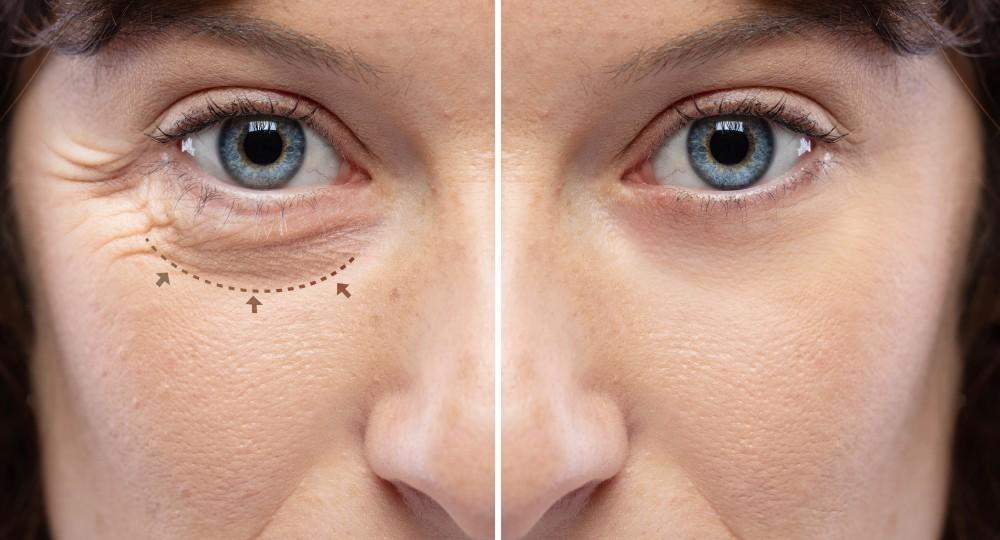Oculoplastic

Oculoplastic
Oculoplasty is a branch of medicine specializing in the diagnosis, surgical and conservative treatment of diseases and abnormalities of the eyeball, eyelids, lacrimal glands, and orbit. It includes both reconstructive and cosmetic procedures aimed at improving appearance, restoring function, and treating conditions such as eyelid ptosis, tumors, orbital trauma, and orbital deformities. Oculoplasty combines the principles of ophthalmology and plastic surgery to achieve optimal aesthetic and functional results.
Main Indications for Oculoplasty
- Ptosis (drooping eyelid) – congenital or acquired
- Inward- or outward-turning eyelids (entropion, ectropion)
- Eyelid tumors and neoplasms
- Lacrimal pathway disorders (dacryocystitis, nasolacrimal duct obstruction)
- Trauma and scar deformities
- Enucleation and ocular implant placement
Oculoplastic surgeries can be classified according to the area of intervention and treatment goals. Below are the main types of these procedures:
Eyelid Surgery
- Blepharoplasty – corrects age-related changes of the eyelids such as excess skin, fatty pockets, and ptosis (drooping). This operation aims to improve appearance and restore normal eye function.
- Ptosis correction – restores the normal position of the upper eyelid in cases of drooping caused by weakened eyelid muscles or trauma.
Orbital (Eye Socket) Surgery
- Reconstructive orbital surgery – performed for injuries, tumors, or congenital anomalies to restore the shape and function of the eye socket.
Lacrimal Pathway Surgery
- Canaloplasty and dacryocystorhinostomy (DCR) – procedures aimed at restoring normal tear drainage when it is blocked, or when there is chronic inflammation of the lacrimal pathways.
Traumatic Oculoplasty
- Reconstruction of damaged orbital tissues and the eyeball after injuries such as orbital bone fractures or eye trauma. These procedures may include restoring vision and the appearance of the eye socket.
Tumor Removal Surgery
- Removal of orbital and eyelid tumors – includes both benign and malignant neoplasms, such as basal cell carcinoma or melanoma. Surgical removal is often followed by reconstruction of the surrounding tissues.
Each type of oculoplastic surgery requires a high level of surgical expertise, as these procedures involve not only cosmetic aspects but also vital functions such as protecting the eyes from external factors and preserving vision.
In our center, specialists with many years of experience and state-of-the-art equipment provide an individualized approach to each case, ensuring excellent outcomes in both treatment and recovery. If you require surgical intervention in the eye area, our doctors are ready to help you return to an active life with confidence in your health and appearance.

Nəticələrimiz




